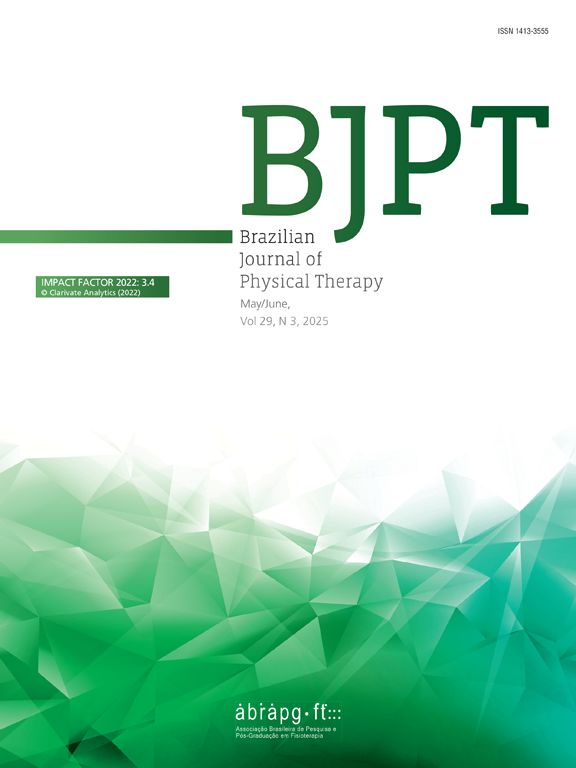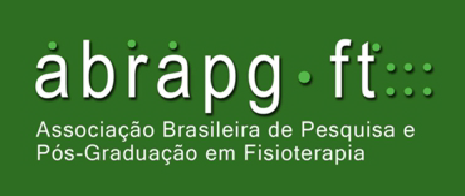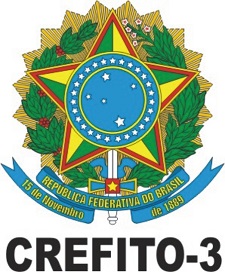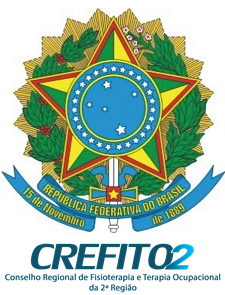
1st STUDENT SCIENTIFIC CONFERENCE OF THE BRAZILIAN ASSOCIATION FOR RESEARCH AND POSTGRADUATE IN PHYSIOTHERAPY (ABRAPG-FT)
Mais dadosNon-pharmacological approaches, including pain neuroscience education, are recommended for the management of chronic musculoskeletal pain. Although, pain neuroscience education is commonly non-implemented in the Brazilian Public Health System (SUS). The implementation of evidence-based practices is challenging at different levels of organizational analysis, including public policies, public management, health services and primary healthcare.
ObjectivesTo describe the pre-implementation process of a pain neuroscience education program (EducaDor) in the SUS, at the organizational level of analysis of public health managers, in the city of Guarapuava, Brazil
MethodsThis is an exploratory qualitative study, with the focal group. The EducaDor program was presented to a group of five public health managers in Guarapuava city, from Planning and Management Department, Health Information System Department, Regulation Department and Primary Healthcare Department. Then there was a discussion about possible facilitators, barriers, and solutions for the implementation of EducaDor, with a written document record. Afterwards, the points discussed were identified in the five domains of the Consolidated Framework for Implementation Research (CFIR).
ResultsThe main facilitators, barriers, and potential solutions for the implementation of EducaDor were: (1) Intervention characteristics – municipal public health does not offer pain neuroscience education to its users, with the interest of managers in its implementation. However, the implementation needs to be carried out in the secondary level healthcare, in partnership with the University; (2) Outer setting – the public health managers recognize the high prevalence of chronic musculoskeletal pain among SUS users, and that most of them have smartphones and internet. The public health managers suggested monitoring SUS users through WhatsApp groups, due to previous experience with the Anti-Tobacco Program, carried out by the Primary Healthcare Department; (3) Inner setting – EducaDor is aligned with the Clinical Protocol and Therapeutic Guidelines of the Brazilian Ministry of Health, and strengthens the Health Care Network (RAS) for users with chronic pain; (4) Characteristics of individuals – it was identified the need to strengthen the dialogue with primary healthcare professionals in the Guarapuava city for the success of scheduling SUS users to EducaDor; (5) Process of implementation – the case managers, through their study groups, could facilitate the dissemination of EducaDor at the various organizational levels of municipal public health to assist the EducaDor implementation process.
ConclusionThe barriers, facilitators and solutions identified in the pre-implementation phase of EducaDor were essential for the reorganization of the structure and operationalization of EducaDor. Continuous monitoring during the implementation of EducaDor is necessary to ensure the success of the implementation and strengthen the collaborative intervention model involving primary healthcare professionals, secondary- level healthcare providers, and patients to enhance self-management of chronic pain in Guarapuava SUS users.
ImplicationsThe implementation of EducaDor in the SUS of Guarapuava city may provide information to discuss about pain neuroscience education inclusion in other cities, the best strategies and mode of delivery, and will support the expansion of the implementation science in public health.
Conflict of interest: The authors declare no conflict of interest.
Acknowledgment: Public Call 11/2020 – Research Programme for SUS. Graduate Support Programme of Private Educational Institutions (PROSUP/CAPES). São Paulo Research Foundation (FAPESP).
Ethics committee approval: Research Ethics Committee of Universidade Estadual do Centro-Oeste (UNICENTRO/Brazil; CAAE 11975019.0.0000.0106; date: 07/15/2022).




